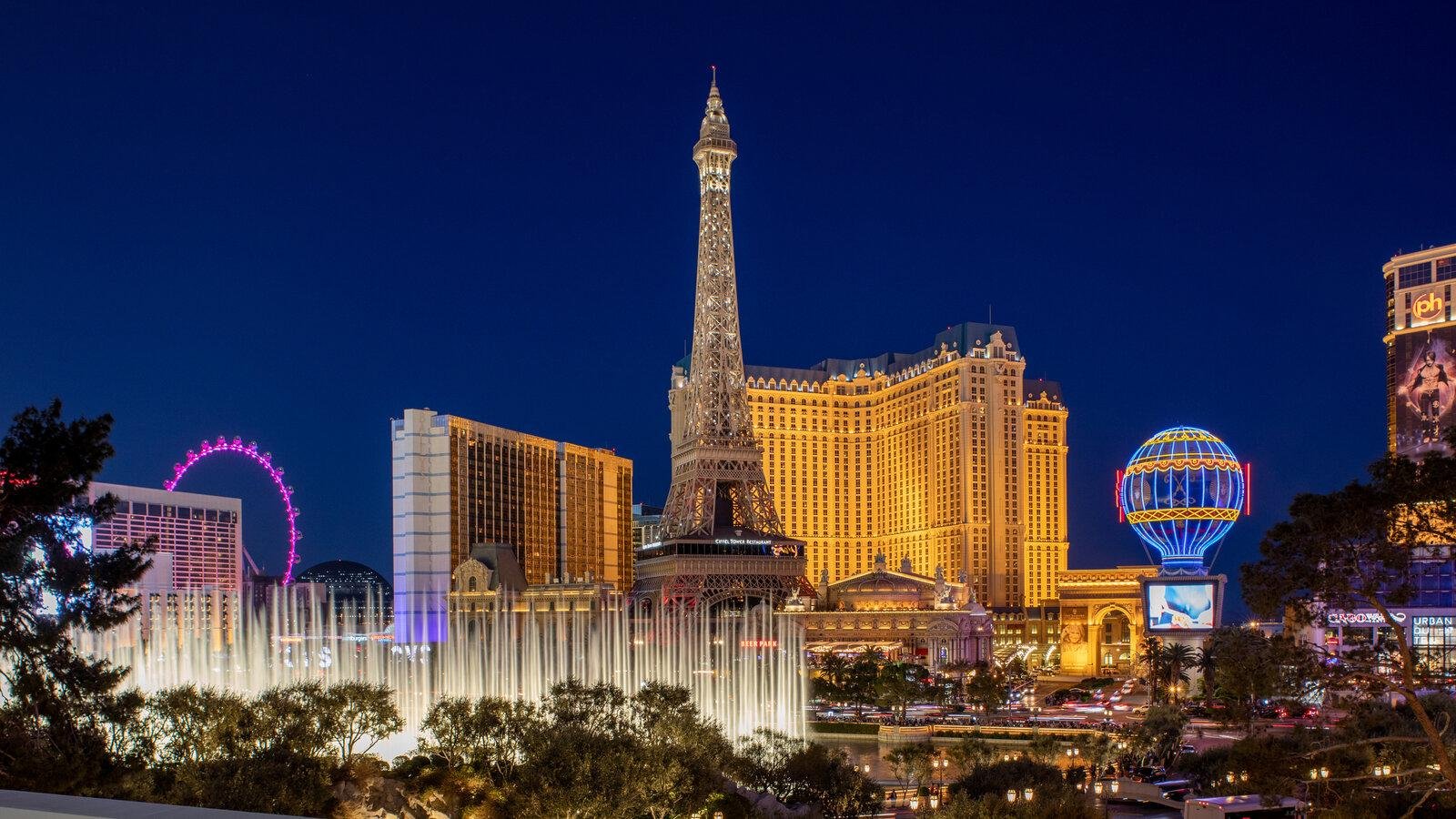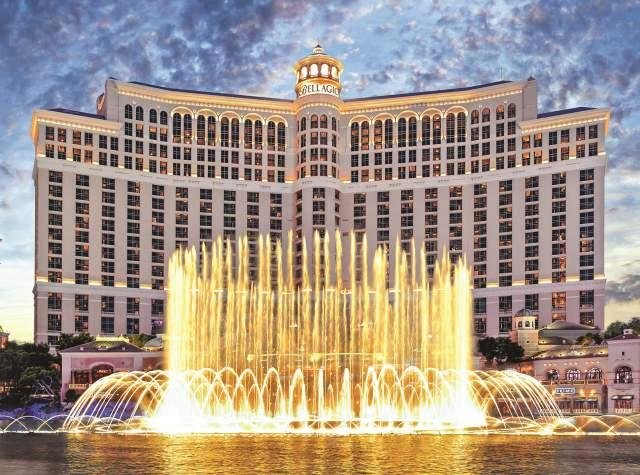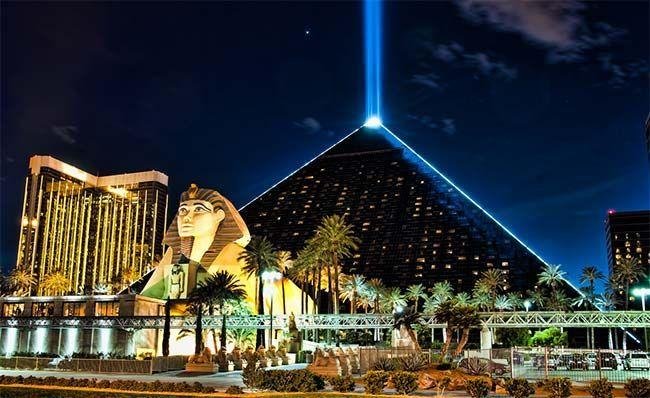The Spectacular Architecture of Las Vegas: A Dazzling Display of Innovation and Extravagance

Las Vegas, often referred to as the Entertainment Capital of the World, is a city where architectural innovation and extravagance know no bounds. Its skyline is a testament to creativity and boldness, featuring replicas of world landmarks, ultra-modern structures, and iconic neon signs. The architecture of Las Vegas is not just about buildings; it’s about creating experiences that captivate and entertain millions of visitors each year.
The most iconic area of Las Vegas is undoubtedly the Las Vegas Strip, a 4.2-mile stretch of Las Vegas Boulevard South lined with some of the most famous casinos, hotels, and resorts in the world. Each property on the Strip is a marvel of architectural ingenuity, designed to transport visitors to different worlds and times.

The Bellagio, inspired by the Lake Como town of Bellagio in Italy, is famous for its elegant design and the breathtaking Fountains of Bellagio, a choreographed water show set to music. The resort's conservatory and botanical gardens are a testament to intricate landscaping and design, while its interior features luxurious details and fine art.
Next door, the Paris Las Vegas resort brings the charm of the French capital to the Nevada desert. Its half-scale replica of the Eiffel Tower is an architectural feat that offers panoramic views of the Strip. The resort also features replicas of other Parisian landmarks, such as the Arc de Triomphe and the Louvre's glass pyramid.
The Venetian Resort is another architectural wonder, recreating the romantic canals and architecture of Venice, Italy. Visitors can take gondola rides along the Grand Canal, complete with singing gondoliers, and explore replicas of iconic Venetian landmarks such as St. Mark's Square and the Rialto Bridge. The resort's attention to detail and immersive design make it a standout on the Strip.

The Luxor Hotel and Casino, with its striking 30-story black glass pyramid, is a nod to ancient Egyptian architecture. The apex of the pyramid features a powerful light beam, visible from miles away, that adds to the hotel's mystique. Inside, the Luxor's design continues the Egyptian theme with massive statues, hieroglyphics, and an atrium that is one of the largest in the world.
The MGM Grand, one of the largest hotels in the world, combines modern architecture with Art Deco influences. Its emerald-green façade and the giant bronze lion statue at its entrance are iconic symbols of Las Vegas. The resort's expansive casino, entertainment venues, and luxurious accommodations make it a central hub of activity on the Strip.
The Wynn Las Vegas and its sister property, Encore, are examples of contemporary luxury and sophistication. Designed by Steve Wynn, these resorts feature sleek, curved facades and lush landscaping. The interiors are opulent, with high-end boutiques, fine dining restaurants, and elegant design elements that create a sense of refined extravagance.

Caesars Palace, a Las Vegas staple since the 1960s, transports visitors to ancient Rome with its grandiose architecture and lavish décor. The resort's Roman theme is evident in its grand entrance, adorned with statues of Roman gods and goddesses, and its opulent interior spaces. The Forum Shops at Caesars, an upscale shopping mall, features a replica of the Trevi Fountain and a sky-painted ceiling that mimics the ambiance of a Roman piazza.
The modern architectural landscape of Las Vegas is not limited to replicas and themed resorts. The CityCenter complex, a massive urban development project, is a testament to contemporary design and sustainability. The complex includes several high-rise buildings designed by renowned architects such as Daniel Libeskind, Rafael Viñoly, and Helmut Jahn. The Aria Resort and Casino, the centerpiece of CityCenter, features a sleek, modern design with a focus on sustainability and technology.
The architecture of Las Vegas extends beyond the Strip. The Fremont Street Experience in downtown Las Vegas is a tribute to the city's neon history. This pedestrian mall is covered by a massive LED canopy that hosts nightly light shows, creating a vibrant and immersive atmosphere. The historic casinos and neon signs of Fremont Street harken back to the golden age of Las Vegas, offering a nostalgic contrast to the modern glitz of the Strip.
The Smith Center for the Performing Arts, located in Symphony Park, is a cultural and architectural gem in Las Vegas. Designed in an Art Deco style, the Smith Center features a grand façade and a 17-story carillon tower. The interior spaces are equally impressive, with elegant theaters and performance spaces that host world-class performances and events.
Las Vegas is also home to innovative residential architecture. The city's luxury high-rise condominiums, such as the Panorama Towers and the Veer Towers, offer modern living spaces with stunning views of the Strip and the surrounding desert landscape. These residential buildings feature sleek designs and state-of-the-art amenities, catering to those who seek a sophisticated urban lifestyle.
In recent years, Las Vegas has embraced sustainability and green architecture. The Springs Preserve, a cultural and educational center, showcases sustainable design and conservation practices. The site features LEED-certified buildings, botanical gardens, and interactive exhibits that highlight the importance of environmental stewardship in the desert.
The Las Vegas Monorail, an elevated train system that runs along the Strip, is another example of the city's commitment to innovation and sustainability. The monorail provides a convenient and eco-friendly transportation option for visitors, reducing traffic congestion and emissions on the Strip.
The architecture of Las Vegas is a reflection of the city's spirit of reinvention and ambition. From its themed resorts and modern skyscrapers to its historic neon signs and sustainable developments, Las Vegas continually pushes the boundaries of design and imagination. Whether exploring the grandeur of the Strip, the nostalgic charm of Fremont Street, or the cultural richness of the Smith Center, one cannot help but be captivated by the architectural splendor of Las Vegas.
Share:
